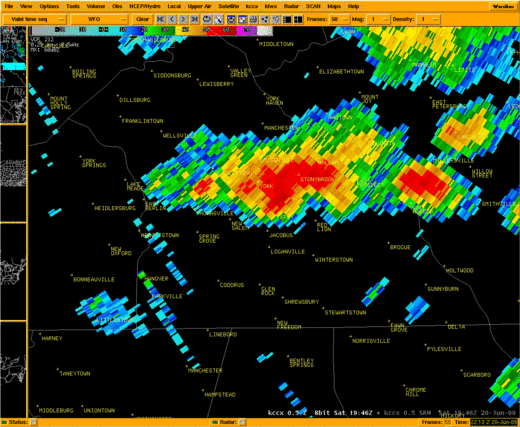OF THE
TIMES
It seems those Ukrainian draft dodgers might have alternatives : [Link] “Putin can say: if Ukraine does not give you passports, then I will give...
If anyone still believes Trump will bring peace : [Link] The Trump campaign is preparing a bill to impose sanctions against countries that refuse...
Gosh, have they asked the boys if they are traumetized, of feel raped ?!?
As I recall, Van Halen wrote a song about this very issue way back in 1983... [Link]
One of my most favourite memories of living in the UK as a child was listening to Brass Bands. I lived in the North of England and they were...
To submit an article for publication, see our Submission Guidelines
Reader comments do not necessarily reflect the views of the volunteers, editors, and directors of SOTT.net or the Quantum Future Group.
Some icons on this site were created by: Afterglow, Aha-Soft, AntialiasFactory, artdesigner.lv, Artura, DailyOverview, Everaldo, GraphicsFuel, IconFactory, Iconka, IconShock, Icons-Land, i-love-icons, KDE-look.org, Klukeart, mugenb16, Map Icons Collection, PetshopBoxStudio, VisualPharm, wbeiruti, WebIconset
Powered by PikaJS 🐁 and In·Site
Original content © 2002-2024 by Sott.net/Signs of the Times. See: FAIR USE NOTICE

Reader Comments
to our Newsletter